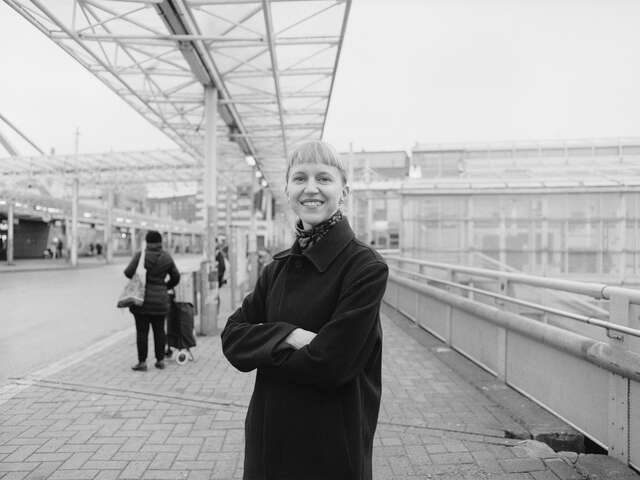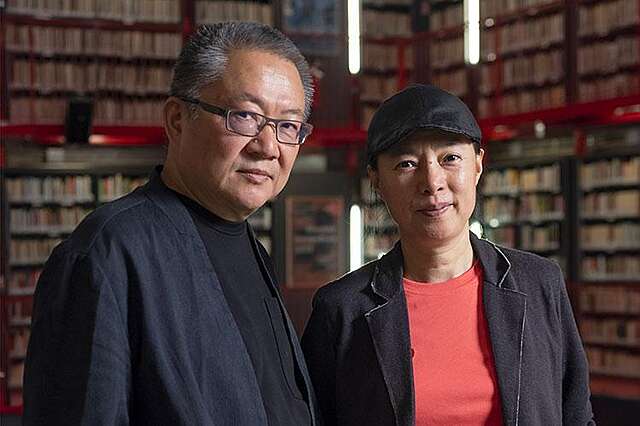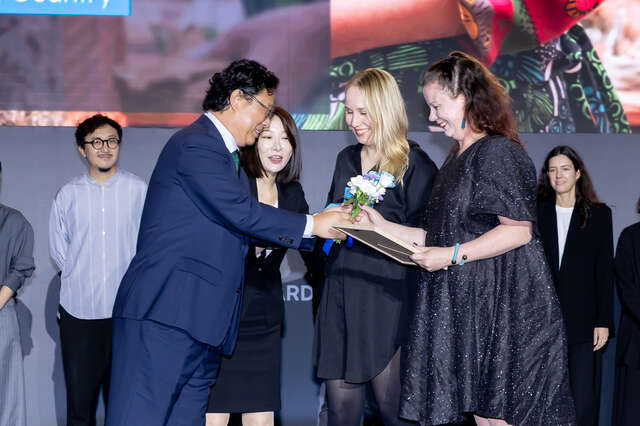New Local brings together a wide range of approaches and stakeholders present in local architectural policy
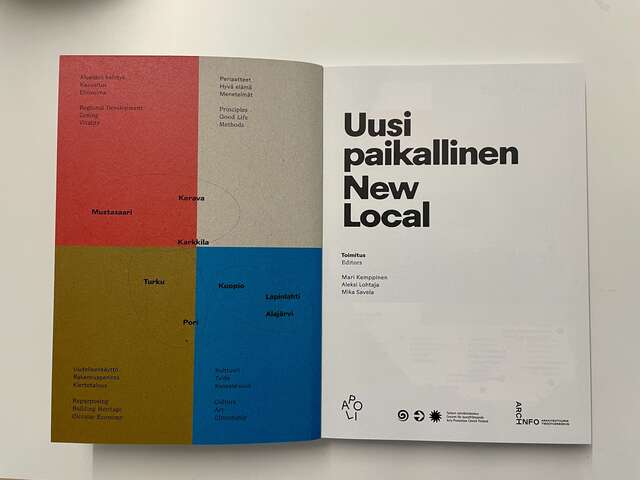
The New Local working group, coordinated by Arts Promotion Centre Finland, has been exploring questions related to current and future local opportunities. A publication of the same name compiles the working group’s actions in a single volume.
The New Local publication, published at the end of May, raises the question of the role of local stakeholders, local thinking, and importance of regional spaces in the transition from global non-locality to a locality.
The publication sheds light on the activities of the working group coordinated by the Arts Promotion Centre Finland Taike between 2022 and 2023, in which Archinfo participated. Archinfo has also contributed to the publication's editorial board.
An opening to current issues in local architectural policy
What local architectural policy approaches are needed and being developed and tested right now? How can local stakeholders be involved in promoting architectural policy? What kind of work can the promotion of architectural policy be today? Whose job is it, and for whom is it ultimately done?
Local architectural policy has traditionally been seen as the development of various programmes. However, in the era of Finland's new architectural policy, we also need a more experimental approach that recognises the range of local stakeholders, the different levels of activity, and the resources available.
Both the new national programme and contemporary European initiatives accentuating architectural culture (e.g. New European Bauhaus and the Davos Declaration) highlight the importance of grassroots and local activities. In this sense, the most crucial aspect is to actualise aspirations at the local level.
New Local seeks to respond to the needs of a changed local context for architectural policy.
The Publication highlights the wealth of local architectural policy stakeholders
Eight projects from across Finland were picked for the New Local working group: Mustasaari municipality in Ostrobothnia, Karkkila Urban Village working group, city of Kerava, Old Shortwave Station in Pori, a project exploring the future directions of Österblad Site in Turku, ANTI Festival in Kuopio, LASTU School of Architecture and Environmental Culture in Lapinlahti and Nelimarkka Museum in Alajärvi.
In line with the spirit of the Finnish Architectural Policy Programme, the eight projects represent a broad range of local perspectives and actors, including municipalities, local working groups and cultural stakeholders. The selected projects spanned from individual building sites to development areas and local architectural programmes, including resident-driven planning, architectural heritage, circular economy and architectural education.
The publication also includes expert contributions. Johanna Tuukkanen, Head of Cultural Services in Oulu, director of the cultural centre Valve, and postdoc researcher, writes about the effects of localisation in terms of sensory perception, philosophical questions, and project-level dynamics in Finland and elsewhere. Petri Leppälä, an architect and urban planner working for the City of Helsinki, delves, among other things, into the local islander identity of Vuosaari’s residents, a kind of insularity within Helsinki.
By working together and exchanging ideas, the New Local working group members have also contributed to a much larger debate on the future of architectural policy. This debate should be much broader.
This publication contains notes and experiences of what has happened in the context of locality in the 2020s and what projects, debates, and perspectives have emerged in the name of the New Local. The local projects, expert contributions, and other contents of the publication contribute to opening up and expanding what thinking about locality is all about in the here and now.
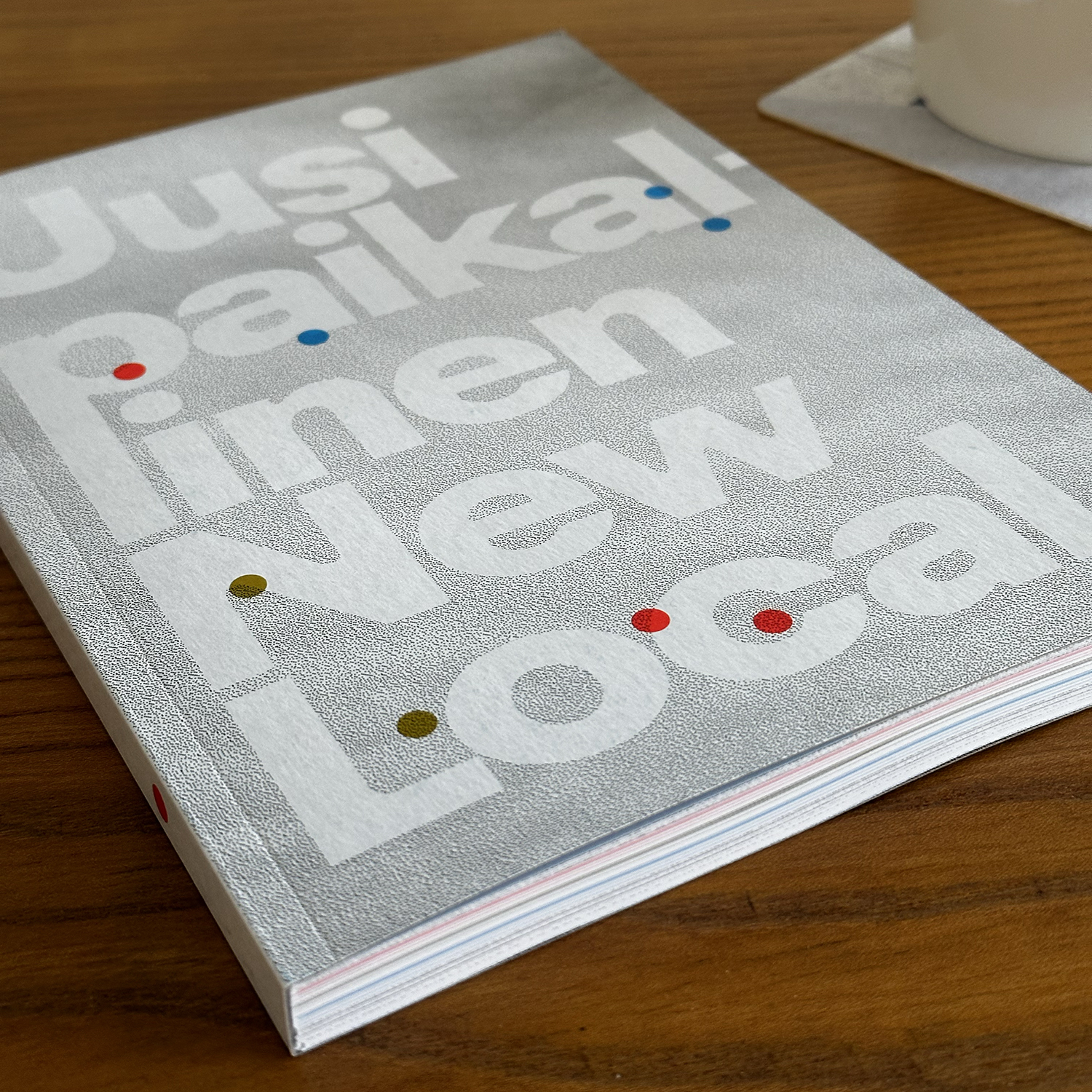
Mari Kemppinen, Aleksi Lohtaja and Mika Savela (edit.): Uusi paikallinen / New Local. Arts Promotion Centre Finland, Helsinki 2024. 204 pages.
The publication can be downloaded from Taike’s website
https://www.taike.fi/en/statis...
